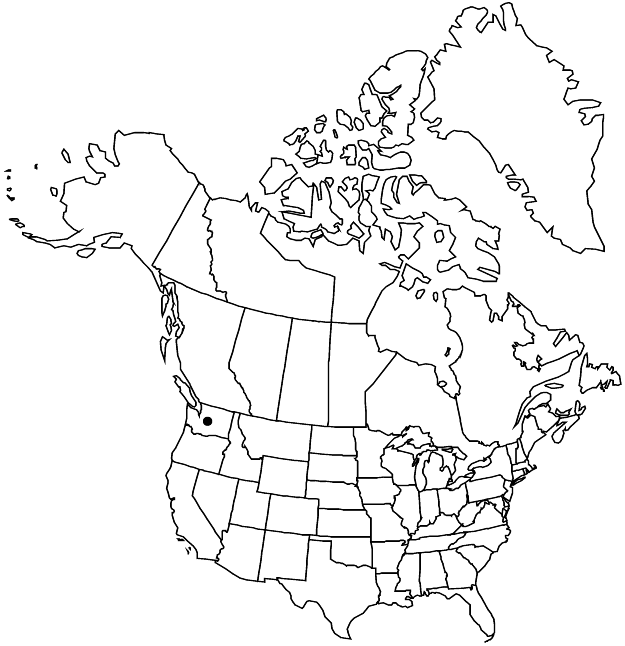Eriogonum umbellatum var. hypoleium
in C. L. Hitchcock et al., Vasc. Pl. Pacif. N.W. 2: 135. 1964.
Herbs, mostly prostrate, compact mats, 1–2.5 × 2–5 dm. Aerial flowering-stems erect, 0.7–1.5 (–2) dm, thinly floccose or glabrous, without one or more leaflike bracts ca. midlength. Leaves in loose rosettes; blade usually elliptic, (0.5–) 1–2 × (0.4–) 0.5–1.5 cm, glabrous on both surfaces except for fringed, pubescent margins and veins, margins plane, pubescent. Inflorescences umbellate; branches 1–2 (–3) cm, without a whorl of bracts ca. midlength; involucral tubes 2–4 mm, lobes 2–4 mm. Flowers 4–6 mm; perianth bright-yellow.
Phenology: Flowering Jun–Sep.
Habitat: Gravelly to rocky slopes and ridges, high-elevation sagebrush communities, montane to subalpine conifer woodlands
Elevation: (900-)1200-2100 m
Discussion
Variety hypoleium is restricted to Chelan and Kittitas counties, Washington, extending from the Mt. Stuart Range south to the Bald Mountain area west of Ellensburg. It is doubtfully distinct from var. aureum, although geographically well isolated
Selected References
None.
Lower Taxa
"dm" is not declared as a valid unit of measurement for this property."dm" is not declared as a valid unit of measurement for this property."dm" is not declared as a valid unit of measurement for this property."dm" is not declared as a valid unit of measurement for this property."dm" is not declared as a valid unit of measurement for this property.
